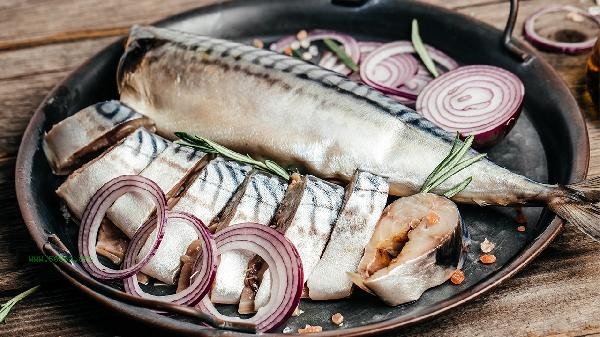Small yellow croakers usually need to clean their internal organs, especially their abdomen. The internal organs of small yellow croaker may contain sediment, digestive residues, or bitter bile, which can improve the taste and safety of consumption after cleaning. Attention should be paid to preserving edible parts such as fish swim bladder during processing to avoid damaging the integrity of the fish meat.

Cleaning the belly of small yellow croaker is a routine step before cooking. Parasites or bacteria may exist in fish organs. Although high-temperature cooking can kill bacteria, removing them in advance can reduce the risk. The fish gallbladder is located in the abdomen near the liver, and accidentally breaking it can cause bitterness to contaminate the fish meat. Cut open from the anus to the gills with scissors, gently remove the visceral mass, and avoid squeezing the gallbladder. Fish swim bladder can be kept for consumption and is rich in collagen. The black membrane on the inner wall of the abdominal cavity needs to be scraped off to reduce the fishy smell. In special circumstances, small yellow croaker can be cooked whole. Some local specialties, such as fermented yellow croaker with distiller's grains, retain their internal organs for fermentation, ensuring high freshness of the ingredients. If fried quickly at high temperatures, crispy yellow croaker may carry internal organs, but it may affect digestion and absorption. Pickled and sun dried yellow croaker is usually cut open to facilitate salt penetration. Ready to eat packaged yellow croaker has undergone industrial processing and professional cleaning treatment.

It is recommended to use specialized kitchen scissors when handling small yellow croaker and keep the workbench clean. Fresh yellow croaker has clear eyeballs, bright red gills, and no abnormal abdominal swelling. After cleaning, soak in salt water for ten minutes to remove fishy smell, and wipe dry before cooking to prevent oil explosion. The recommended steaming method is to pair it with ginger slices and scallions. When frying, thin starch can be added to keep the outside crispy and the inside tender. Eat sea fish no more than three times a week, and gout patients should control their intake.









Comments (0)
Leave a Comment
No comments yet
Be the first to share your thoughts!